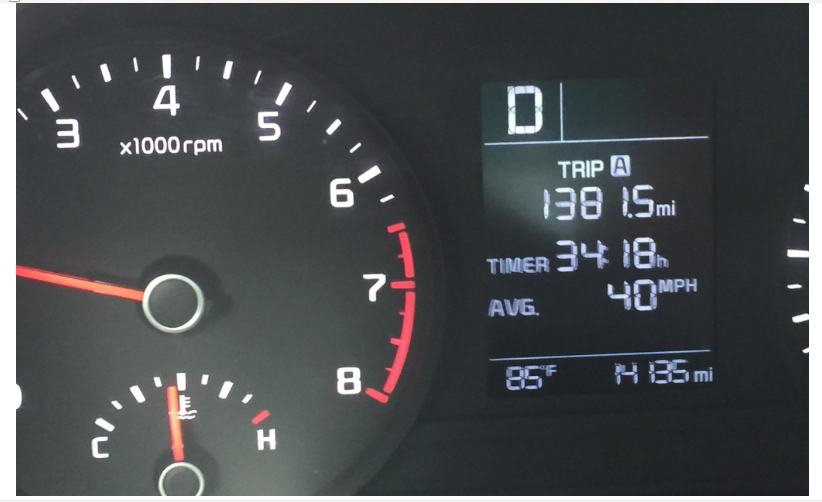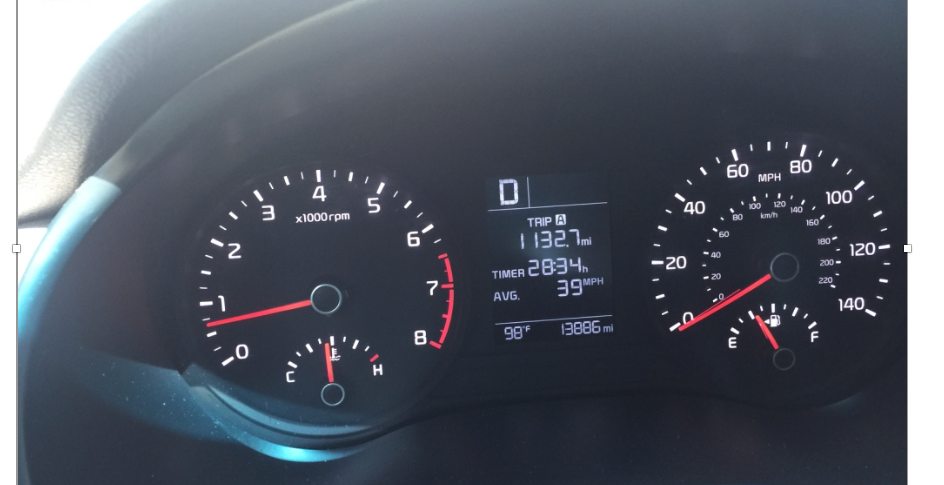I have told this story to a number of friends and colleagues over the years. One of my favorite former students – he graduated in 1994 – gave me what I value as the best compliment I think I ever received about my teaching. He was a brilliant kid, school seemed effortless to him. I taught him for four years in a row culminating in AP Calculus BC when he was a junior. He took a math class at UF his senior year. About ten years ago I was living in Jersey and he was living in NYC so I had the chance to see him a few times there. Once we were having lunch and he told me a story. He worked in a small business doing financial analysis and he was frustrated by a problem he had been working on. He told his boss that he was going to take a long lunch to clear his head. When he came back his boss had left some notes for him on the file he had been working on. He told me that his boss reminded him of me. “He asks questions that I would not think of asking myself.” I walked away so happy about this. He did not remember a trig graph or a derivative or the fundamental theorem of calculus (although he probably did remember these things!), instead he remembered that I asked him questions that he did not think of asking himself. I felt SO good after that conversation. I was thinking of it today after school during our afternoon conference time built in to our day. All of our teachers are expected to be in our rooms for about a half hour after the end of the school day and many students make a habit of dropping by to ask questions. I was talking to two of my Calculus Honors kiddos. This is our non-AP class that takes a deep year-long dive into Differential Calculus. We were looking at some problems on one of the problem sets I wrote and these two young women were saying that they understood the problems when we talked in class but they did not know how to start them on their own. I pointed out that almost all of the ideas in class came from the students, I rarely flat out TELL them how to solve a problem, we work through the question together. What I work really hard on is to ask questions of the students that prompt them to see connections and realize what they know about the problem. I want them to feel the power of being the ones who generate the answer. One of the girls said that she does not know what questions to ask herself when she is home working on these problems. So, the challenge is to figure out how to help her, and others, across that bridge. Is it enough to simply model an inquisitive mindset? Is it enough to be a good role model in persistently asking questions? How can I explicitly help my students develop that instinct and ability to push themselves along a solution path by asking meaningful questions? I would love to hear any wisdom on this front. I am going to share a meaningful quote that I ran across in my days as a doctoral student studying curriculum and instruction:
Genuine enquiry is an important state for students to recognize and internalize as socially valid. Consequently it is an important state for teachers to enact. But it is difficult to enquire genuinely about the answer to problems or tasks which have well-known answers and have been used every year. However, it is possible to be genuinely interested in how students are thinking, in what they are attending to, in what they are stressing (and consequently ignoring). Thus it is almost always possible to ask genuine questions of students, to engage with them, and to display intelligent directed enquiry. For if students are never in the presence of genuine enquiry, but always in the presence of experts who know all the answers, then students are likely to form the impression that there is an enormous amount to know, and that experts already know it all, when what society wants (or claims to want) is that each individual learn to enquire, weigh up, to analyse, to conjecture, and to draw and justify conclusions.
John Mason

